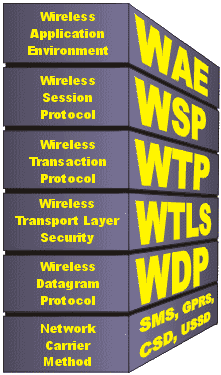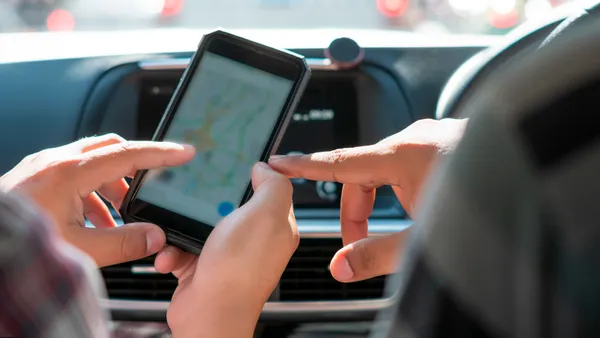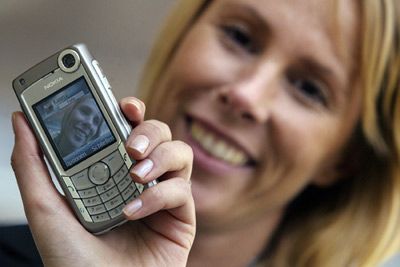You and millions of other people around the world use the Internet every day -- to communicate with others, follow the stock market, keep up with the news, check the weather, make travel plans, conduct business, shop, entertain yourself and learn. Staying connected has become so important that it's hard to get away from your computer and your Internet connection because you might miss an e-mail message, an update on your stock or some news you need to know. With your business or your personal life growing more dependent on electronic communication over the Internet, you might be ready to take the next step and get a device that allows you to access the Internet on the go.
That's where wireless Internet comes in. You've probably seen news or advertising about cell phones and PDAs that let you receive and send e-mail. This seems a logical next step, but there are some questions that come up when you think about going mobile with the Internet. Will you still be able to surf the Web? How fast will you be able to get the information you need? You might have heard of the Wireless Application Protocol (WAP) and wonder how it works. Learn just what WAP is, why it is needed and what devices use it.
Advertisement



